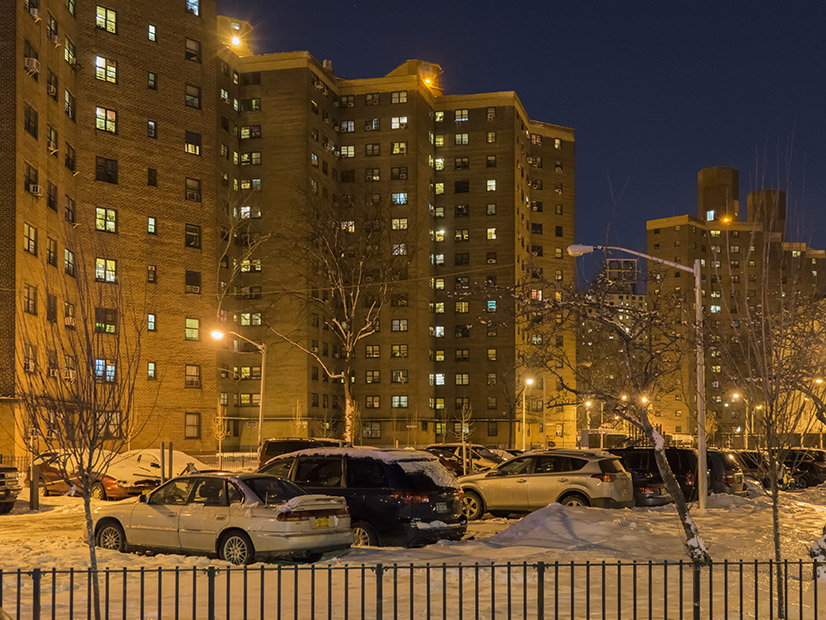
The nation’s largest public housing authority is trying to jumpstart development of lower-voltage cooking equipment so more of its half-million residents can switch away from gas stoves.
The New York City Housing Authority said Monday it expects this autumn to launch the Induction Stove Challenge, which will call on appliance manufacturers to design and build energy-efficient stoves that can operate on 120-volt/20-amp circuits.
Induction stoves typically operate on 220 volts and 40 or even 50 amps.
NYCHA’s 177,569 housing units typically are equipped with a gas stove and 120-volt line. Upgrading the electric wiring would be impossibly expensive, even if tens of billions of dollars’ worth of deferred maintenance costs had not already accrued in the authority’s 2,411 buildings.
NYCHA wants to replace gas ranges so residents can benefit from indoor-air quality improvements, and as part of larger building decarbonization efforts.
NYCHA is joining with the New York State Energy Research and Development Authority and New York Power Authority on the initiative. They will establish performance criteria and product specifications for the induction stoves, then expect to issue a request for proposals this year, and hope to select one or more manufacturers to design and test the new ranges.
Once testing is complete, NYCHA plans to pilot these lower-voltage stoves and induction-capable cookware in 100 units.
Eventually, NYCHA wants to remove gas stoves from all the buildings it owns, but initially it will aim for 10,000 apartments. It hopes this will be a broad-enough scale that other building owners and will see induction cooking as an affordable option and manufacturers will see the potential for a larger market.
To help build that demand pipeline, NYSERDA has hired the Building Decarbonization Coalition to engage other states and property owners on the project.
The Induction Stove Challenge follows a demonstration project that put induction stoves in 10 units of a NYCHA building in the Bronx.
The stoves were a hit with the residents, and indoor air quality improved. But the effort demonstrated the site’s limits, as well.
The appliances had to be dispersed throughout the building so as not to overload the circuitry — once one apartment got an induction stove, no units directly above or below could get one.
That’s why NYCHA is excited about the possibility of running induction stoves with the standard 120-volt wiring.
“If energy-efficient induction stoves can be redesigned to function in NYCHA buildings,” NYCHA CEO Lisa Bova-Hiatt said in a news release, “it sets an amazing precedent for what can be done with existing infrastructure, some forward thinking, and the necessary funding.”


